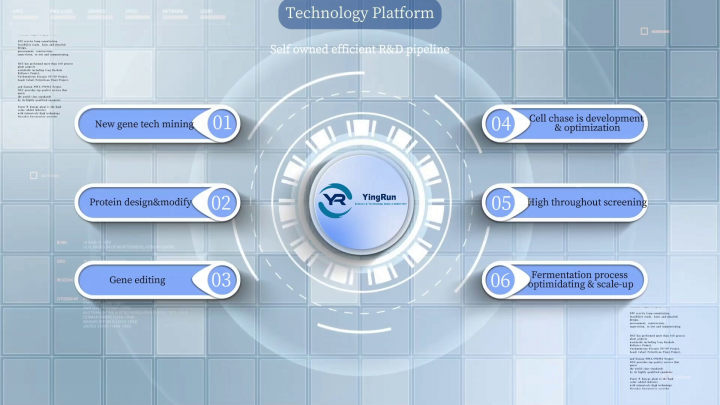The main types of collagen and distribution
Oct 30,2024
Collagen is widely distributed in the bones, tendons, muscle sheaths, ligaments, fascia, cartilage and skin of animals. It is the most abundant and widely distributed functional protein in mammals, accounting for 25% to 30% of the total protein, equivalent to 6% of body weight, and is the main component of the important extracellular matrix of the human body.
At present, more than 20 types of collagen have been discovered, which play the role of supporting organs and protecting the body, and have a significant impact on the normal function of cells, tissues and organs and on the repair of trauma.
Interstitial collagen type I to III: mainly exists between the cells of connective tissues such as tendons, skin, and bones of organisms, and all types have strong tensile strength.
Basement membrane collagen type IV to VII: mainly exists in the organs of organisms, and the collagen glands are the basement membrane collagen.
Cartilage collagen type IX to XI: the content is trace, but it is closely related to cartilage formation.
Type XVIII collagen was discovered relatively late, has a high homology, and has different subtypes. It is mainly found in tissues such as the lungs, liver, and kidneys. It belongs to a special collagen subfamily called multi/plexin and contains C-terminal non-triplehelical regions (NC1) that other collagens do not have. This special structure gives it better flexibility than other collagens that are only composed of triple helical structures.
The main types of collagen and distribution | |||
Type | Main distribution organizations | Type | Main distribution organizations |
Ⅰ | Skin, tendons, bones, teeth, etc. | Ⅹ | Cartilage |
Ⅱ | Cartilage, vitreous, intervertebral disc | Ⅺ | Cartilage |
Ⅲ | Skin, muscle, blood vessels | Ⅻ | Ligaments, tendons and skin |
Ⅳ | Basement membrane | XIII | Endothelial cells |
Ⅴ | Fetal interstitial tissue and cultured cells | XIV | Dermis, tendons |
Ⅵ | Most interstitial tissue | XV | Smooth muscle cells |
Ⅶ | Epithelium | XVI | Fibroblasts |
Ⅷ | Some endothelial cells | XVII | Skin and dermal junctions |
Ⅸ | Cartilage | XVIII | Liver and stomach cells |
Yingrun Biotech's efficacy evaluation system integrates cutting-edge theories of life science, chemistry, physics and clinical medicine, and combines advanced experimental equipment and data analysis methods to conduct multi-dimensional analysis of efficacy raw materials from micro to macro. Through cell experiments, tissue sections, skin models and human observation, on the basis of qualitative and quantitative testing, the internal mechanism and effect presentation of the efficacy of raw materials are further explored.
The company has a complete analysis and quality control platform, using instruments and equipment such as high performance liquid chromatography (HPLC), liquid chromatography-mass spectrometry (LC-MS) and gas chromatography-mass spectrometry (GC-MS) to test and identify products to ensure product purity and stability and guarantee product quality.

PREVIOUS:
Contact
Sales Office: Bestgrand Holdings Bldg, No. 6 Nanheng West Rd, Huizhou, PRC
R&D Center: Red Maple Hi-tech Industry Park, Nanjing, PRC






